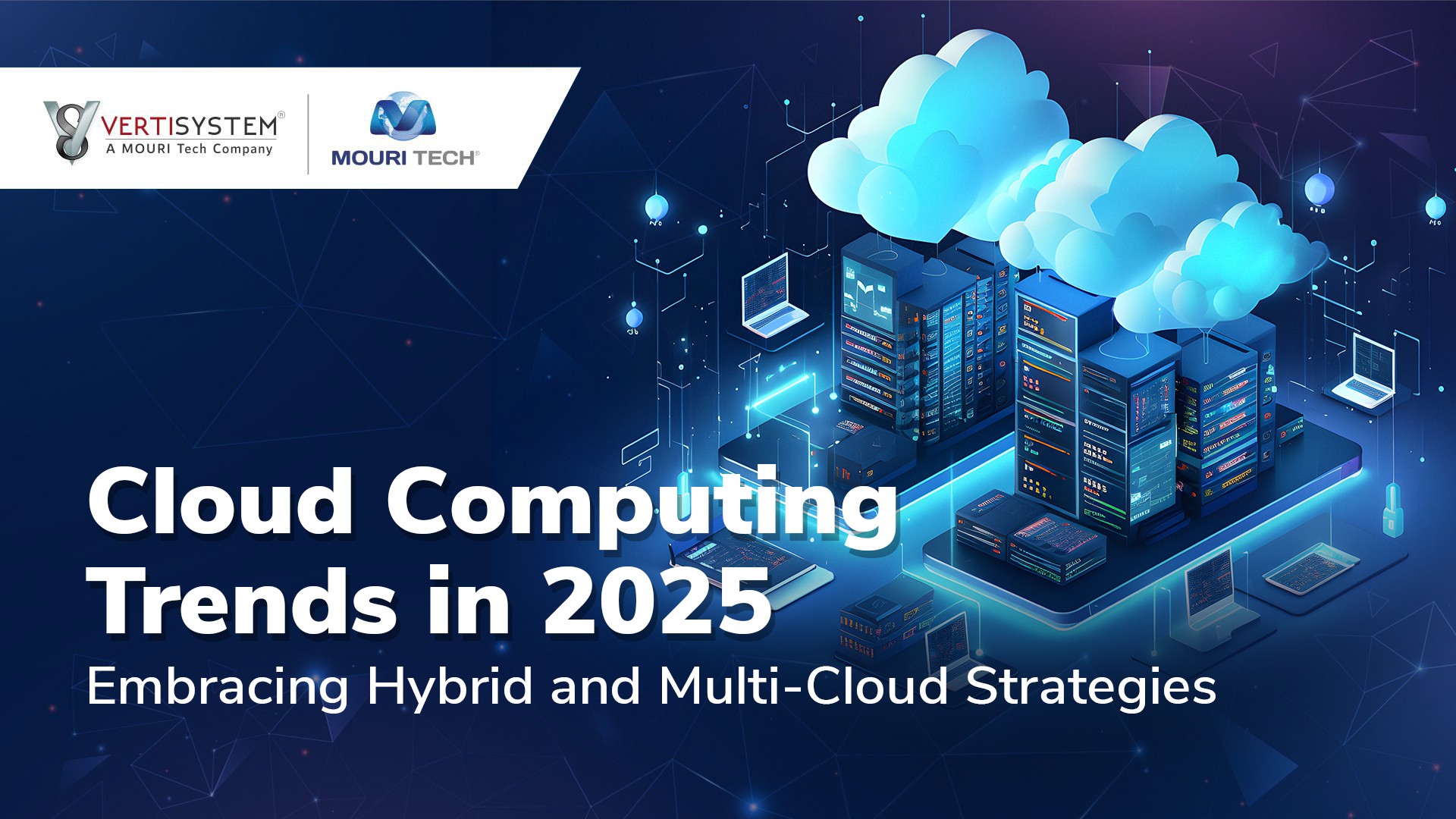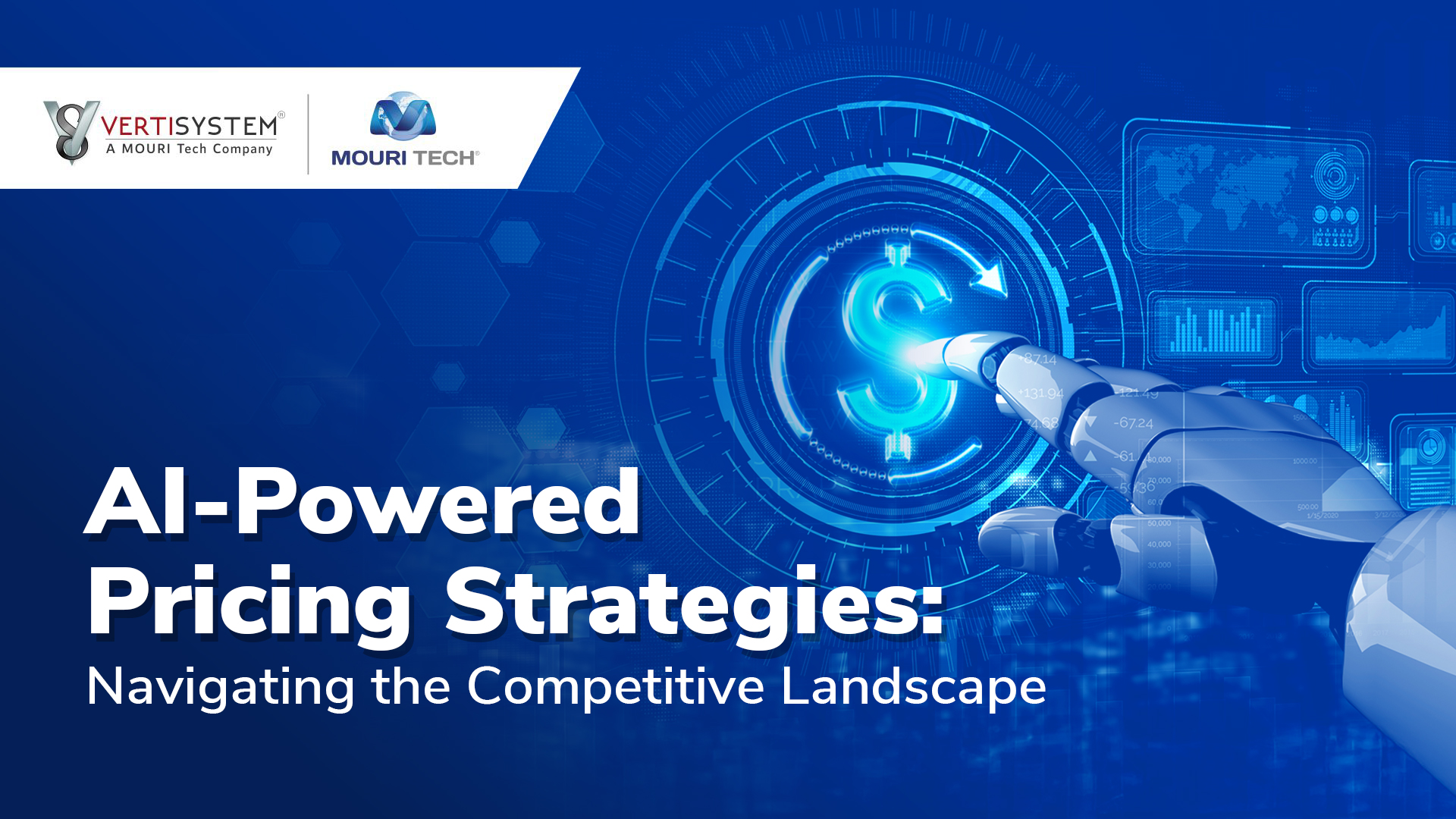The integration of edge computing and 5G is reshaping the cloud computing landscape. Edge computing brings data processing closer to the source, reducing latency and bandwidth usage, while 5G offers high-speed, low-latency connectivity. Together, they enable real-time analytics and support emerging technologies such as autonomous vehicles, smart cities, and industrial IoT. According to Gartner, by 2025, 75% of enterprise-generated data will be created and processed outside traditional centralized data centers or cloud environments, highlighting the shift towards decentralized computing models. Hence, the convergence of edge computing and 5G technology is revolutionizing cloud innovation, enabling real-time data processing and ultra-low latency applications across various industries. This synergy is not only enhancing operational efficiency but also paving the way for transformative use cases in healthcare, manufacturing, and telecommunications.
Traditionally, cloud computing relied on centralized data centers to process and store data. While effective for many applications, this model introduced latency and bandwidth limitations — particularly problematic for time-sensitive operations in sectors like healthcare, manufacturing, and transportation. As the number of Internet of Things (IoT) devices surged, and real-time data processing became non-negotiable, organizations began shifting toward edge computing, where data is processed closer to its source. This shift found a powerful accelerator in 5G technology, which offers lightning-fast speeds — up to 100 times faster than 4G — and latency under 1 millisecond, enabling instant data transmission between devices and the cloud. But 5G is more than just an upgrade; it’s the foundational layer for smart cities, autonomous vehicles, industrial IoT, immersive AR/VR, and remote diagnostics. As of 2025, more than half of the global population is covered by 5G, with the most aggressive rollouts seen in North America, APAC, and parts of Europe. This momentum builds on decades of evolution — from analog voice in the 1G era of the 1980s, to SMS and mobile web with 2G and 3G, and broadband-level mobile internet under 4G LTE. Now, as the world embraces 5G-Advanced, we’re heading toward even greater energy efficiency, improved indoor coverage, and the convergence of edge networks with AI — setting the stage for hyper-responsive, decentralized cloud architectures. Looking further ahead to 2030, 6G research is already underway, promising to blend terrestrial and satellite networks with emerging technologies like holographic communication and brain-computer interfaces, reshaping what connectivity means altogether.
The Synergy of Edge Computing and 5G
- Ultra-Low Latency: Edge computing reduces latency by processing data locally, while 5G’s low-latency connectivity ensures rapid data transmission, crucial for applications like autonomous vehicles and remote surgeries.
- Enhanced Bandwidth: 5G’s high bandwidth capabilities support the massive data throughput required by edge devices, facilitating seamless real-time analytics.
- Scalability: The combination allows for scalable deployment of services across diverse geographic locations, enabling consistent performance and user experience.
Industry Applications
- Healthcare: Edge computing and 5G enable real-time patient monitoring and diagnostics, improving response times and patient outcomes.
- Manufacturing: Smart factories leverage these technologies for predictive maintenance and automation, enhancing productivity and reducing downtime.
- Telecommunications: Operators utilize edge computing and 5G to deliver high-speed, low-latency services, supporting applications like augmented reality and immersive media.
Challenges and Considerations
- Security: Decentralized architectures introduce new security challenges, requiring robust measures to protect data at the edge.
- Infrastructure Investment: Deploying edge computing infrastructure and 5G networks necessitates significant capital expenditure and strategic planning.
- Standardization: The lack of standardized protocols can hinder interoperability between devices and networks, necessitating industry collaboration.
Vertisystem’s Unique Value Proposition
Vertisystem is at the forefront of integrating edge computing and 5G technologies to drive cloud innovation. Our offerings include:
- Customized Solutions: Tailored edge computing architectures that align with specific business needs and objectives.
- Expertise in 5G Integration: Seamless incorporation of 5G capabilities to enhance connectivity and performance.
- End-to-End Support: Comprehensive services from planning and deployment to maintenance and optimization.
- Security Focus: Implementation of robust security protocols to safeguard data across decentralized networks.
As edge computing and 5G continue to transform the cloud landscape, partnering with Vertisystem ensures that your organization remains at the cutting edge of technological innovation, ready to harness the full potential of these advancements. Get in touch to learn more.



